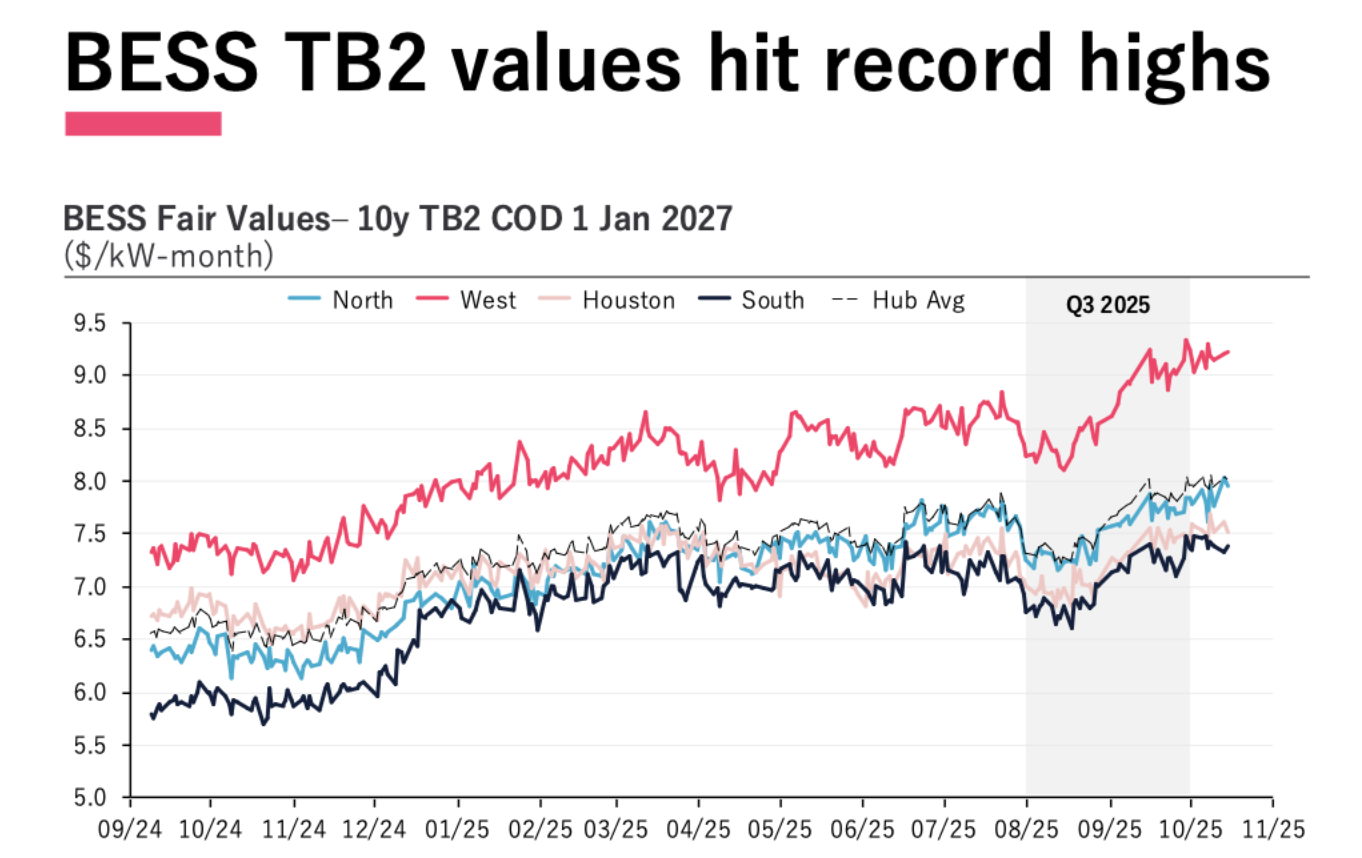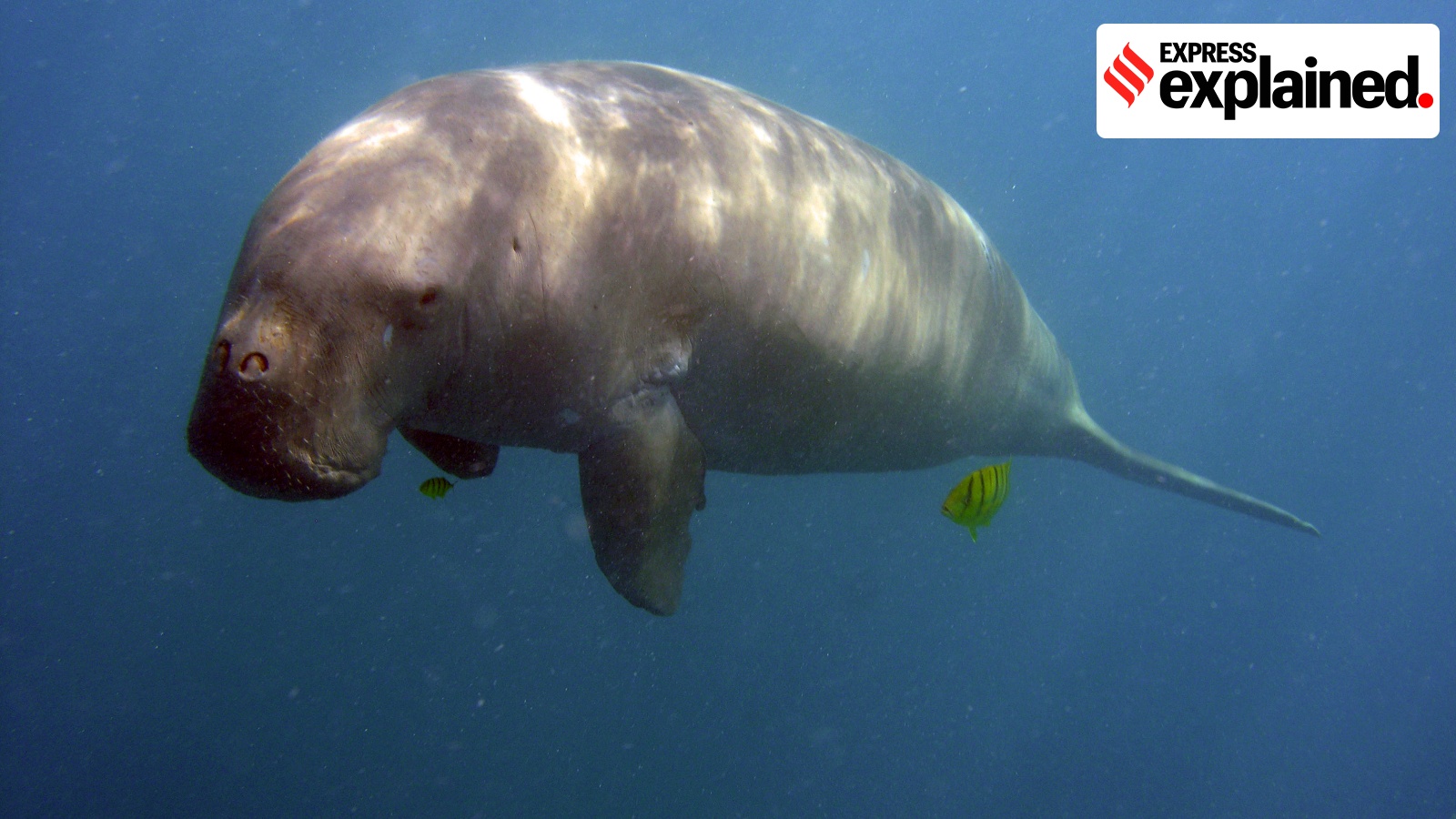Marine Tourism in Mexico Remains Damaging to Wildlife Despite Regulations, Research Finds – Inside Climate News

Report on Marine Ecotourism and its Alignment with Sustainable Development Goals in Mexico
Executive Summary
This report analyzes the state of marine wildlife tourism in Mexico, focusing on two key locations: Bahía de Banderas and Bahía de la Paz. It assesses the effectiveness of current environmental regulations and the degree of compliance by tourism operators. The findings indicate a significant gap between regulatory intent and practice, posing threats to marine ecosystems and undermining progress towards several Sustainable Development Goals (SDGs), most notably SDG 14 (Life Below Water), SDG 12 (Responsible Consumption and Production), SDG 8 (Decent Work and Economic Growth), and SDG 16 (Peace, Justice and Strong Institutions). The report outlines the challenges and proposes recommendations to better align tourism activities with these global sustainability targets.
Case Study: Humpback Whale Watching in Bahía de Banderas
Ecological Significance and Regulatory Framework
Bahía de Banderas serves as the most critical reproduction site for humpback whales along Mexico’s continental coast. To protect this vital habitat, the Secretariat of Environment and Natural Resources (SEMARNAT) issued regulations in 2011. These rules are designed to ensure the conservation of whale species, directly supporting the objectives of SDG 14 (Life Below Water) by seeking to protect marine and coastal ecosystems.
Findings on Regulatory Non-Compliance
A recent study published in Ocean & Coastal Management reveals widespread non-compliance with the 2011 SEMARNAT regulations. The research, conducted over four years and involving 73 tours, documented the following:
- Analysis of 303 distinct whale sighting events.
- In 88% of these events, tour vessels breached at least one of the five key regulatory guidelines (e.g., minimum distance, approach angle, maximum observation time).
- A significant portion of these interactions, 35%, involved mother and calf pairs, which are the most vulnerable groups.
Impacts on Marine Life and SDG 14
The high level of non-compliance forces whales to engage in energy-intensive avoidance behaviors. This is particularly detrimental as the whales are in the bay for reproduction and do not feed, relying solely on their energy reserves. This pressure directly threatens the health of the whale population, constituting a significant setback for SDG 14.2, which calls for the sustainable management and protection of marine and coastal ecosystems to avoid significant adverse impacts.
Case Study: Whale Shark Tourism in Bahía de la Paz
Context and Management Efforts
In Bahía de la Paz, tourism involves swimming with whale sharks. The observation of boat-related injuries led to the establishment of a SEMARNAT management plan in 2006 and the official declaration of the area as a whale shark refuge in 2018. These actions represent institutional efforts to achieve sustainable tourism in line with SDG 14.
Persistent Challenges to Sustainability
Despite management plans and training sessions for tour operators, research by Whale Shark Mexico indicates that negative impacts persist. Key findings include:
- Between 50% and 60% of whale sharks in the refuge area continue to exhibit injuries, such as cuts and scratches from boats and tourist interactions.
- Unlike the situation in Bahía de Banderas, these injuries are not primarily the result of deliberate malpractice. This suggests that the current management framework, even when followed, is insufficient to prevent harm.
Analysis of Factors Contributing to Non-Compliance and Systemic Failures
Socio-Economic Pressures and SDGs 8 & 12
The failure to adhere to regulations is driven by complex factors that link directly to economic and consumption patterns.
- Unsustainable Consumption (SDG 12): Tourists, often unaware of regulations or the specific nature of humpback whales, pressure guides for closer encounters, driven by misguided expectations.
- Unsustainable Economic Incentives (SDG 8): Tour operators, seeking to satisfy customers and secure better tips, may violate guidelines. This highlights a conflict between immediate economic gain and the long-term sustainability required by SDG 8.9 (promote sustainable tourism).
Institutional Weaknesses and SDG 16
A primary cause for the persistent issues in both locations is a lack of robust enforcement. The research points to the need for a greater presence from the Federal Attorney for Environmental Protection (PROFEPA). This gap in oversight undermines the effectiveness of environmental laws, demonstrating a challenge related to SDG 16 (Peace, Justice and Strong Institutions), which calls for effective, accountable, and transparent institutions at all levels.
Recommendations for Aligning Marine Tourism with the SDGs
To address these challenges and ensure marine ecotourism contributes positively to the 2030 Agenda, the following actions are recommended:
- Strengthen Institutional Enforcement (SDG 16): Increase the presence and monitoring activities of PROFEPA in tourism zones to enforce existing regulations, issue sanctions for non-compliance, and ensure institutions are effective in their mandate to protect the environment.
- Enhance Public Awareness (SDG 12): Launch targeted educational campaigns for tourists before and during their visits. Informing them about the regulations and the ecological sensitivity of the animals can reduce pressure on tour guides and foster more responsible consumption patterns.
- Adopt Dynamic Management Models (SDG 14): Replace static carrying capacity limits (e.g., a fixed number of boats) with dynamic models that adjust tourism levels based on the real-time number of animals present in an area. This adaptive approach would better protect marine life.
- Promote Truly Sustainable Ecotourism (SDG 8 & 14): Foster a model of ecotourism where economic benefits are directly linked to conservation success. This involves ensuring that tourism activities are not just profitable but are conducted in a way that actively supports the health of marine ecosystems, creating a sustainable synergy between SDG 8 and SDG 14.
Analysis of Sustainable Development Goals in the Article
1. Which SDGs are addressed or connected to the issues highlighted in the article?
-
SDG 14: Life Below Water
- This is the most central SDG in the article. The entire text focuses on the conservation of marine species, specifically humpback whales and whale sharks, in Mexico’s coastal waters. It discusses the threats these species face from human activities, particularly unregulated tourism, and the need for effective protection and management of their marine habitats like Bahía de Banderas and Bahía de la Paz.
-
SDG 8: Decent Work and Economic Growth
- The article connects the conservation issues directly to the tourism industry, which is a significant economic driver in the regions mentioned. It discusses whale watching as a source of income for tour guides and local communities. The challenge highlighted is making this economic activity sustainable (ecotourism) so that it does not destroy the very natural asset it depends on, thus linking to the goal of promoting sustained, inclusive, and sustainable economic growth.
-
SDG 12: Responsible Consumption and Production
- This goal is addressed through the lens of sustainable tourism. The article points out irresponsible patterns of consumption, where tourists “pressure tour guides into approaching the whales more closely” and have “misguided expectations.” It also highlights the production side, where “service providers will in turn approach the whales too rapidly to provoke the whales” to satisfy tourists. The core issue is the failure to establish and enforce sustainable tourism practices.
-
SDG 17: Partnerships for the Goals
- The article showcases the importance of partnerships between different stakeholders. It describes collaborations between academic institutions (University of Guadalajara, Ensenada Center for Scientific Research), non-governmental conservation projects (Whale Shark Mexico), and government bodies (SEMARNAT, PROFEPA). These groups work together to conduct research, monitor compliance, provide training, and propose improved management plans, demonstrating a multi-stakeholder approach to achieving conservation goals.
2. What specific targets under those SDGs can be identified based on the article’s content?
-
Target 14.2: By 2020, sustainably manage and protect marine and coastal ecosystems to avoid significant adverse impacts, including by strengthening their resilience, and take action for their restoration in order to achieve healthy and productive oceans.
- The article directly addresses this target by detailing the failure to sustainably manage tourism activities in the marine ecosystems of Bahía de Banderas and Bahía de la Paz. The “significant adverse impacts” are clearly described, such as whales being forced into “avoidance strategies that demand a higher energy expenditure” and “50 percent to 60 percent of whale sharks” exhibiting injuries from boats.
-
Target 14.5: By 2020, conserve at least 10 per cent of coastal and marine areas, consistent with national and international law and based on the best available scientific information.
- The article explicitly mentions several designated marine protected areas, including the Sian Ka’an Biosphere Reserve and the refuge area for whale sharks in Bahía de la Paz, which was officially declared by SEMARNAT in 2018. The discussion revolves around the effectiveness of management within these conserved areas, which is central to this target.
-
Target 8.9: By 2030, devise and implement policies to promote sustainable tourism that creates jobs and promotes local culture and products.
- The article focuses on the challenges of implementing sustainable tourism policies. The SEMARNAT regulations from 2011 and the management plan for whale shark tourism are examples of such policies. The research showing high levels of non-compliance demonstrates the gap between devising and effectively implementing these policies to ensure tourism is truly sustainable.
-
Target 12.b: Develop and implement tools to monitor sustainable development impacts for sustainable tourism that creates jobs and promotes local culture and products.
- The research studies cited in the article serve as monitoring tools. The study in Bahía de Banderas, which recorded 303 sighting events to check compliance, is a direct example of monitoring the impacts of tourism. Furthermore, the proposal to substitute the existing carrying capacity model with a “dynamic model” for whale shark tourism is an effort to develop a more effective monitoring and management tool.
3. Are there any indicators mentioned or implied in the article that can be used to measure progress towards the identified targets?
-
For Target 14.2 (Sustainably manage and protect marine ecosystems):
- Rate of compliance with regulations: The article provides precise data, stating that “88 percent of the sightings had breached at least one of the guidelines” for humpback whales and “98 percent of the watching events do not abide by the guidelines” for dolphins. A decrease in these percentages would indicate progress.
- Incidence of animal injury: The study finding that “between 50 percent and 60 percent of whale sharks in Bahía de la Paz continue to exhibit injuries” serves as a direct indicator of negative impacts. A reduction in this figure would measure progress.
- Changes in animal behavior: The observation that non-compliance causes whales to engage in “avoidance strategies that demand a higher energy expenditure” is a qualitative indicator of stress on the animal population.
-
For Target 14.5 (Conserve coastal and marine areas):
- Existence and enforcement of management plans: The article mentions the SEMARNAT management plan for whale shark tourism (2006) and the declaration of the refuge area (2018). The effectiveness of these plans, measured by compliance and ecological outcomes, is an implied indicator.
-
For Target 8.9 & 12.b (Sustainable tourism):
- Number and effectiveness of sustainable tourism policies: The article discusses SEMARNAT’s 2011 regulations and the whale shark management plan. Their effectiveness is measured by the compliance rates mentioned above.
- Implementation of monitoring tools: The use of carrying capacity models (“limits the number of boats in the area to 14 at a time”) and the proposal for a “dynamic model” are indicators of efforts to manage tourism sustainably.
- Level of awareness among tourists and guides: The article suggests raising awareness as a solution. Measuring changes in tourist and guide knowledge and behavior regarding regulations could serve as an indicator of progress.
4. Table of SDGs, Targets, and Indicators
| SDGs | Targets | Indicators Identified in the Article |
|---|---|---|
| SDG 14: Life Below Water | 14.2: Sustainably manage and protect marine and coastal ecosystems to avoid significant adverse impacts. |
|
| SDG 14: Life Below Water | 14.5: Conserve at least 10 per cent of coastal and marine areas. |
|
| SDG 8: Decent Work and Economic Growth | 8.9: Devise and implement policies to promote sustainable tourism. |
|
| SDG 12: Responsible Consumption and Production | 12.b: Develop and implement tools to monitor sustainable development impacts for sustainable tourism. |
|
| SDG 17: Partnerships for the Goals | 17.16 / 17.17: Enhance multi-stakeholder partnerships. |
|
Source: insideclimatenews.org

What is Your Reaction?
 Like
0
Like
0
 Dislike
0
Dislike
0
 Love
0
Love
0
 Funny
0
Funny
0
 Angry
0
Angry
0
 Sad
0
Sad
0
 Wow
0
Wow
0













































































